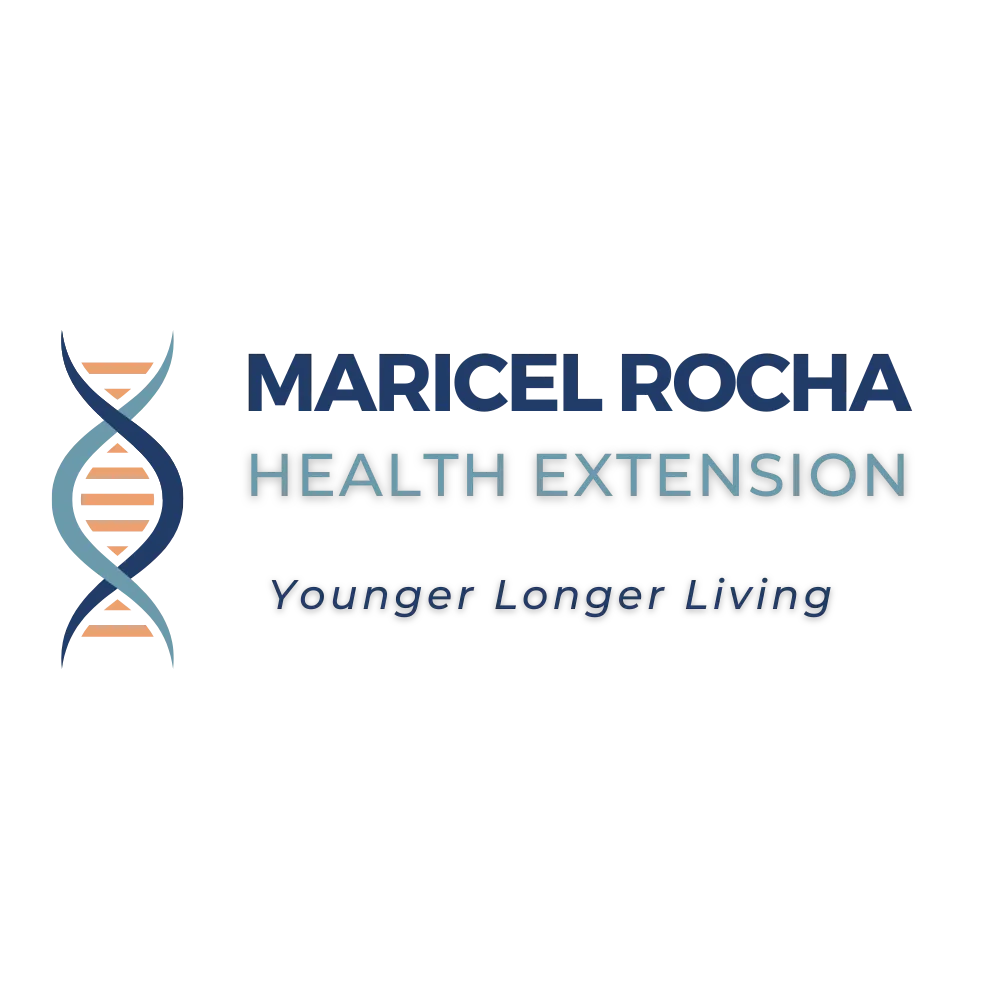
Live Younger, Longer—Backed by Science.
Health Made Simple—Backed by Science, Personalized for You.
Discover the Hidden Obstacles Aging You
Take the quiz to uncover what’s accelerating your aging and start reversing time today.
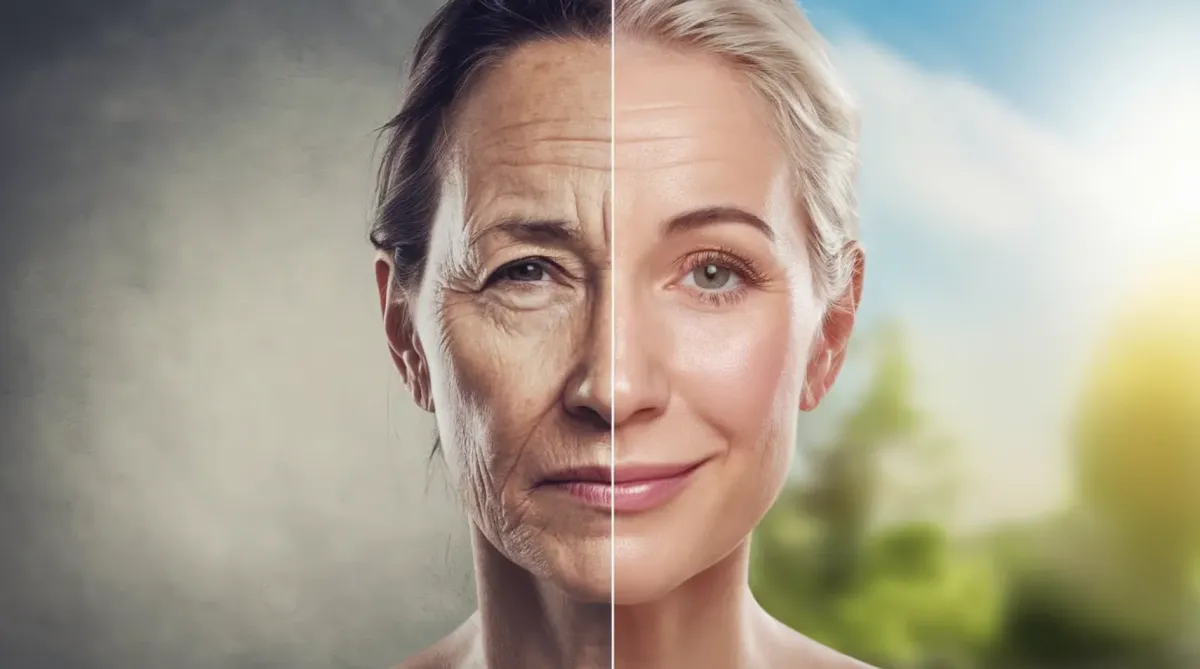
About Maricel K Rocha
Maricel K Rocha is a Health Extension Specialist, a Certified Integrative Health Coach dedicated to helping her clients reduce biological age, extend thier healthspan and maintain their youthfulness and vitality for longer.

I’m a Health Extension Specialist blending biochemistry, biotechnology, and integrative wellness to help adults 40+ optimize their metabolic health and extend their healthspan, without the overwhelm.
My data-driven approach uses cutting-edge tools like biosensors, epigenetic testing, and microbiome analysis to personalize every step. As a Positive Intelligence Coach, I also integrate mental fitness to stop self-sabotage and create lasting transformation—no more yo-yo health cycles.
Through 1-on-1 coaching, group programs, and webinars, I teach busy professionals how to reclaim energy, improve sleep, achieve a healthy weight, and build vitality that lasts a lifetime.
This isn’t guesswork—it’s personalized precision health made simple, with your unique biology as the blueprint.

IN PARTNERSHIP WITH
The Most Advanced Epigenetic Analysis for Research & Discovery
TruAge™ is the most accurate, revolutionary, biological age predictor. Biological age is a measurement of your age, based on various biomarkers.
Using cutting-edge technology and powerful algorithms, we are able to look at specific locations on your DNA, allowing us to predict your biological age! You can also learn how many years of of healthy life you have ahead (healthspan) and start preventing chronic diseases right now.
The TruAge and TruHealth™ Tests, are available through Maricel Rocha Health Extension and can be delivered straight to your doorstep!
Resources for every stage of the journey

Self-Study
Learn and Practice on your own time, but with the tools, resources and our instructions on extending your health.

Group Coaching
Feel and Look 10 Years Younger in this 6-week Program, made more fun as you journey with a community of like-minded people.

1-on-1 Coaching
Hop on a complimentary Discovery Session and dive deep into your development with personalized guidance.

I am so grateful for the coaching I received from Maricel.
Her expertise in mindset and self-confidence has made a world of difference in my life.
Not only have I become more self-assured, but I've also seen
significant improvements in my personal and professional relationships.
Maricel's personalized approach and genuine care for my well-being made all the difference. I can't recommend their coaching services enough!
— Maritere Bellas

From the very first day I started working with Maricel, I knew I had found
the perfect coach to guide me on my journey towards the best version of myself, including nutrition, hydration, and self-confidence. Her incredible understanding of my unique challenges and kind support has been a true gift.
With Maricel by my side, I've been able to break through barriers and access information that previously seemed unattainable.
Her ability to communicate complex concepts in a way that resonates with me has been invaluable. I am forever grateful for the guidance, inspiration, and partnership that Maricel has provided – she truly is a gift from heaven!
— Gabriel A

With her guidance, I was able to lose weight (and keep it off), improve my quality of sleep, and better navigate life changes that happen as you age.
I feel younger and happier as a result. Maricel's empathetic and dedicated coaching style is truly one-of-a-kind, and I highly recommend Maricel’s services to anyone seeking a healthier, happier future.
Thank you, Maricel, for making a profound difference in my life. I think you're amazing and everyone should be lucky enough to work with you.
— Evelyn B
BLOGS & OTHER FREE RESOURCES
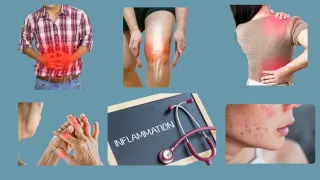
Is It Aging or Inflammation? How to Tell What’s Really Slowing You Down
You’re not imagining it—you feel slower, more tired, less sharp. You chalk it up to aging. But what if it’s something else? Something you can actually change? ...more
Epigenetics
June 20, 2025•3 min read

When Your Body’s Operating System Glitches: How Gut Health Fuels Aging—and What to Do About It
Discover how your gut microbiome functions like your body's operating system—and what happens when it glitches. Learn how to test, reboot, and personalize your gut health to boost energy, mood, and lo... ...more
Epigenetics
June 19, 2025•3 min read
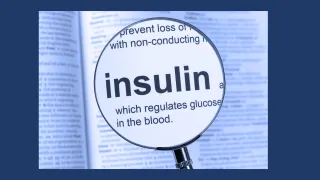
Insulin Resistance Isn’t Silent: Here’s How to Spot the Clues
You’re tired, craving sweets, gaining weight, and wondering what’s going on. Maybe you’ve blamed stress or aging. But what if it’s something deeper? ...more
Epigenetics
June 18, 2025•4 min read
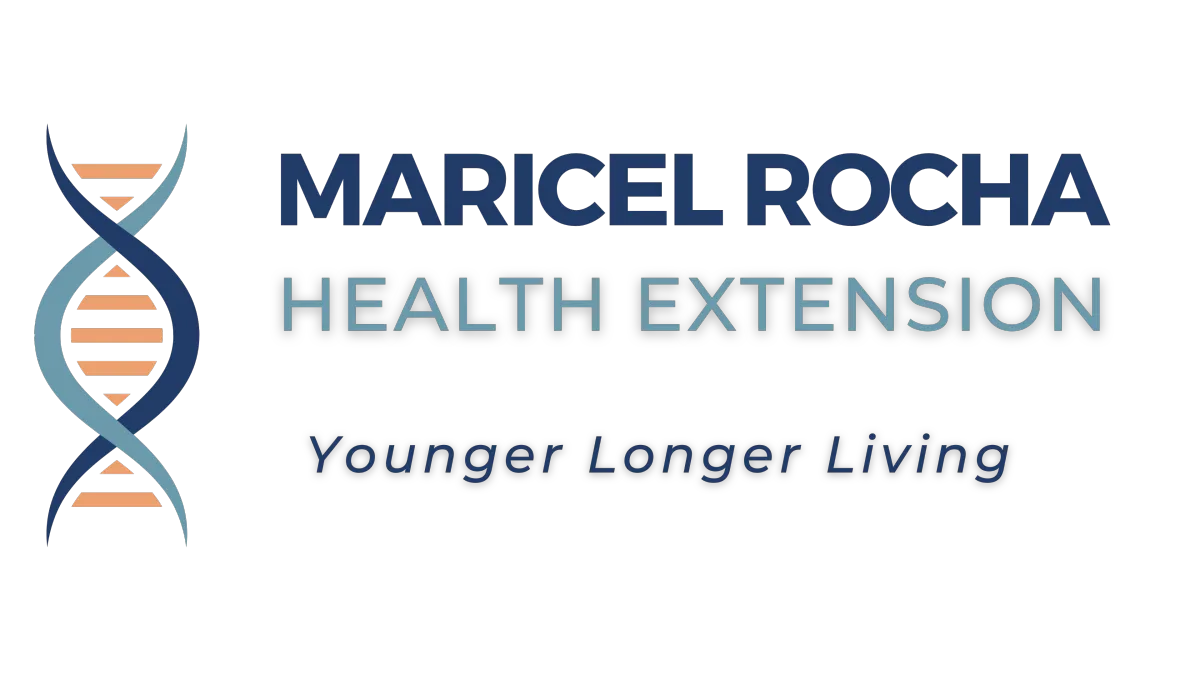
© 2025 | MaricelRocha.com | All rights reserved
